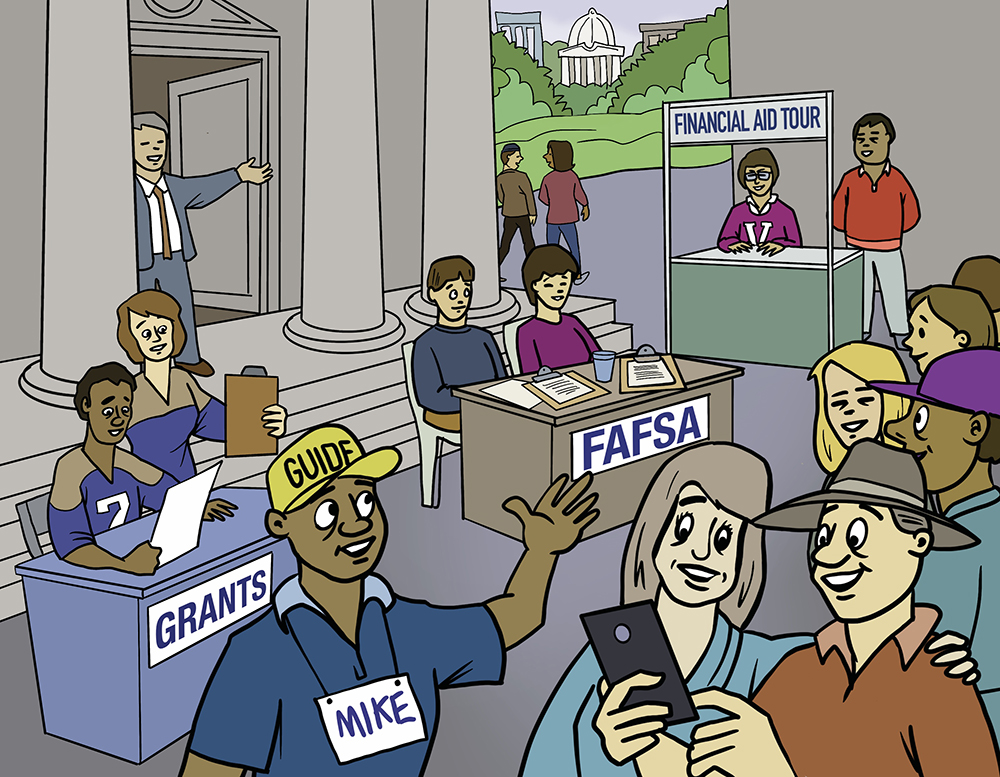SUBSCRIBE
Enter your Name and Email address to get
the newsletter delivered to your inbox.
Please include name of person that directed you to my online newsletter so I can thank them personally.

Glenda Moehlenpah, CPA, CFP®
Financial Bridges
13319 Poway Road, #506
Poway, CA 92064
Phone: 858-486-0100
Email: glenda@financialbridges.com
Website: www.FinancialBridges.com

Wasn’t it just yesterday that your child was starting kindergarten? And now you’re preparing to pay college tuition. Take a deep breath and review some basic information about financial aid.
Federal Work-study provides part-time employment while a student is enrolled in school. The emphasis is on employment in civic education and work related to a student’s course of study, if possible.
Loans may be offered as part of a financial aid package and must be repaid with interest. Direct subsidized loans are made to eligible undergraduate students based on need. Direct unsubsidized loans benefit eligible undergraduate, graduate and professional students and are not need based. Direct PLUS loans are made to graduate or professional students and parents of dependent undergraduate students to help pay education expenses not covered by other financial aid. Direct consolidation loans allow borrowers to combine all eligible federal student loans into a single loan with a single servicer.
Private loans offered by banks are also available to help pay college expenses. However, these loans are generally not as affordable as federal loans. State loan programs also offer residents money for college or professional programs. Colleges may have their own loan programs as well.
You can get more information on funding from a school’s financial aid office.
Enter your Name and Email address to get
the newsletter delivered to your inbox.
Please include name of person that directed you to my online newsletter so I can thank them personally.
Enter your Name, Email Address and a short message. We'll respond to you as soon as possible.
Financial Bridges and LTM Marketing Solutions, LLC are unrelated companies. This publication was prepared for the publication’s provider by LTM Marketing Solutions, LLC, an unrelated third party. Articles are not written or produced by the named representative.
The information and opinions contained in this web site are obtained from sources believed to be reliable, but their accuracy cannot be guaranteed. The publishers assume no responsibility for errors and omissions or for any damages resulting from the use of the published information. This web site is published with the understanding that it does not render legal, accounting, financial, or other professional advice. Whole or partial reproduction of this web site is forbidden without the written permission of the publisher.